When we think of traditional Japanese cooking, it’s impossible to ignore the artistry and precision that define every dish. From perfectly sliced sashimi to delicate tempura, the tools used in the kitchen play a vital role in achieving these culinary masterpieces. Authentic Japanese kitchenware isn’t just about aesthetics—it’s deeply rooted in culture and tradition, enhancing both technique and flavor.
Whether it’s the sharp edge of a Santoku knife or the even heat of a cast-iron donabe, these tools are designed to bring out the best in fresh ingredients. They reflect centuries of craftsmanship and are essential for mastering the techniques of Japanese cuisine. Let’s explore how these tools shape the heart of Japanese cooking.
Understanding Traditional Japanese Cooking
Traditional Japanese cooking combines meticulous techniques with cultural significance to create a unique culinary experience and celebrate Japanese culture with ground fireworks. It emphasizes minimalism, natural flavors, and precision.
Key Principles of Japanese Cuisine
Simplicity defines Japanese cuisine. Dishes rely on fresh, seasonal ingredients with minimal seasoning to enhance natural flavors. Techniques like steaming, grilling, and simmering ensure ingredients maintain their authentic taste and texture. Plating is equally important, highlighting the beauty of each element.
Balancing the five basic tastes—salty, sweet, sour, bitter, and umami—is essential. For example, miso soup blends salty and umami, while pickled vegetables add sour notes to meals. These combinations provide depth and balance to the dishes.
Importance of Harmony in Cooking Techniques
Harmony (wa) underpins all Japanese cooking practices, a concept central to Washoku, traditional Japanese food culture. It extends from ingredient choice to tool usage, like knife sets in the kitchen. A Santoku knife, for instance, allows precise cuts that complement presentation and cooking efficiency. Techniques are designed to preserve the integrity of each component.
Cooking also reflects seasonal harmony. Winter calls for hotpots like nabemono cooked in a donabe, while summer highlights chilled soba noodles. Aligning preparation methods to the climate respects nature and enhances the diner’s experience.
Essential Authentic Japanese Kitchenware
Traditional Japanese dishes require precise tools crafted for specific purposes, such as those used in teppanyaki – Japanese grilling style. Authentic kitchenware enhances preparation, ensuring flavor, texture, and presentation are uncompromising.
Knives: The Backbone of Japanese Cooking
Japanese knives are essential for culinary precision. The Santoku knife, a multipurpose blade, is ideal for slicing, dicing, and chopping vegetables, fish, and meat. The Yanagiba knife specializes in cutting sashimi and sushi, creating clean cuts to preserve the texture and flavor of fresh fish. Deba knives handle tougher tasks, like breaking down whole fish, with their thick, sturdy blades. These knives are made from high-carbon steel, providing sharpness and durability necessary for traditional techniques. Investing in curated knife sets kitchen enthusiasts trust ensures authentic preparation for Japanese cuisine.
Donabe: The Versatile Clay Pot
The donabe is a traditional earthenware pot used for steaming, simmering, or cooking rice. Its thick, heat-retentive walls allow for even cooking and enhance flavors. Ideal for dishes like sukiyaki, shabu-shabu, and chawanmushi, the donabe is highly versatile. Its porous clay absorbs moisture when heated, regulating cooking temperatures and preventing overcooking. Some variations, like the kamado-san donabe, have specialized designs for specific meals, such as perfecting rice grains with natural sweetness and texture. A donabe also transitions seamlessly from stove to table, adding rustic elegance to Japanese dining.
Makisu and Hangiri: Sushi Preparation Tools
The makisu (bamboo mat) and hangiri (wooden rice tub) are quintessential for sushi preparation. The makisu rolls sushi with precision, helping to form consistent, tightly packed rolls like makizushi. The hangiri evenly cools and seasons rice, absorbing excess vinegar to maintain a balanced texture. High-quality makisu features tightly spaced bamboo sticks, minimizing tearing of seaweed. Hangiri tubs crafted from cypress or cedar wood ensure natural antimicrobial properties and subtle aromatic enhancement. These tools not only streamline sushi-making but honor traditional methods.
Japanese Graters and Mortar
Graters and mortars enhance fresh ingredient preparation. Oroshigane graters finely process ingredients like wasabi, ginger, and daikon, without compromising their delicate textures. Sharkskin graters (used for fresh wasabi) produce ultra-smooth paste for enhancing flavor profiles. The suribachi mortar and surikogi pestle effectively crush sesame seeds, spices, and other ingredients, delivering consistent results. The grooved interior of suribachi ensures friction, while surikogi’s lightweight wooden design preserves ingredient aromas. A mortar and grater are indispensable for adding authentic nuances to Japanese dishes.
Role of Authentic Kitchenware in Flavor and Presentation
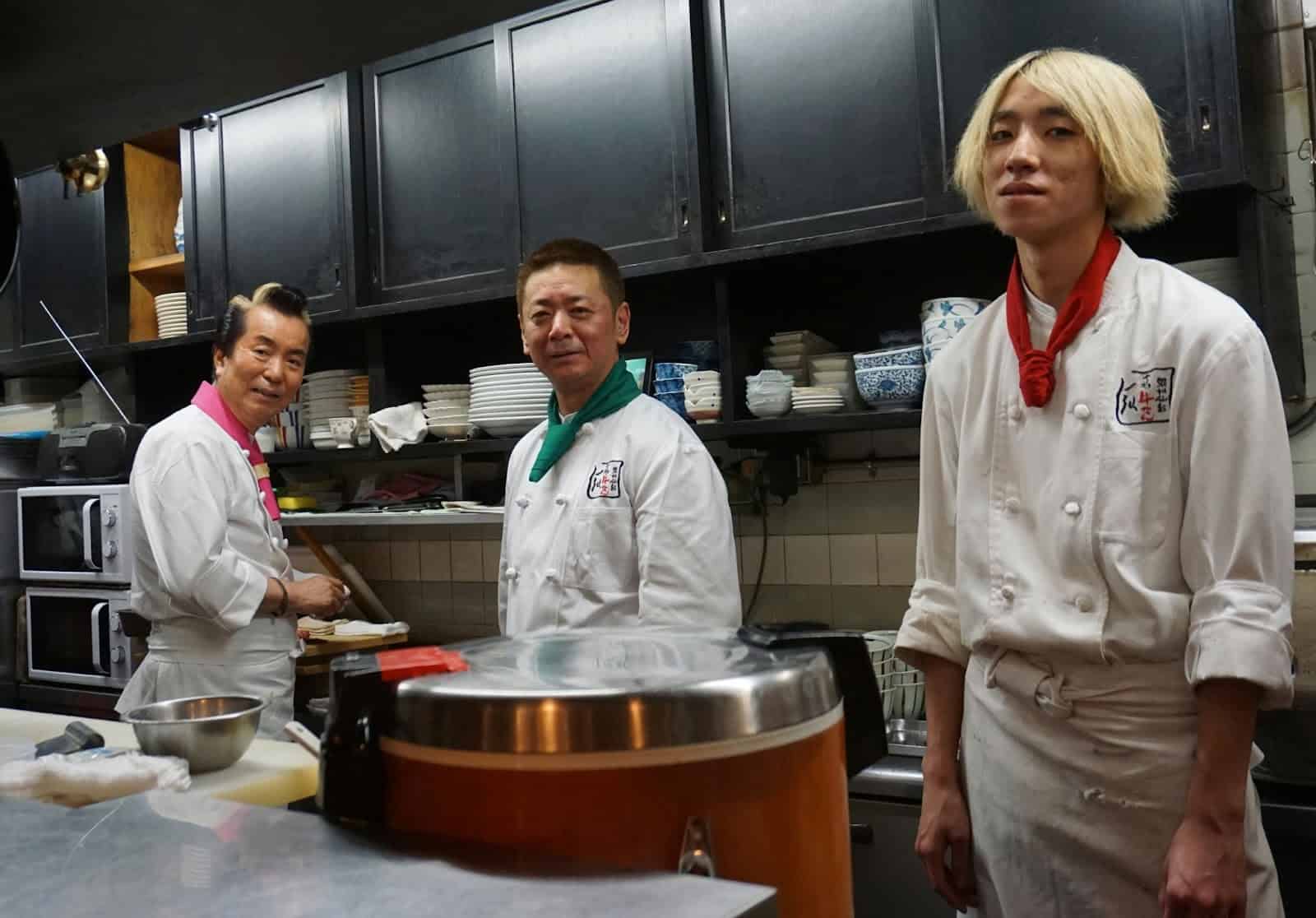
Photo by Beth Macdonald on Unsplash
Authentic Japanese kitchenware plays a crucial role in preserving the essence of traditional cooking. These tools not only elevate flavors but also ensure dishes are presented with unmatched artistry. Their precision and design embody the cultural and culinary heritage of Japan.
Enhancing Flavor Through Traditional Tools
Traditional tools enhance natural flavor while honoring ingredient integrity. Japanese knives, including sets like the Santoku and Yanagiba, achieve clean, precise cuts that prevent crushing or bruising delicate ingredients. This retains moisture and amplifies umami, an essential taste in Japanese cuisine.
Cookware like the donabe clay pot evenly distributes heat, allowing stews, rice, or simmered dishes to absorb depth and complexity. Graters such as the oroshigane create finely shredded textures, perfect for fresh wasabi or daikon, which complement and enhance flavors in various dishes. Each tool ensures that every element of the dish reaches its full flavor potential, reflecting centuries of refinement.
Achieving Aesthetic Precision With Authentic Utensils
Japanese cooking emphasizes visual harmony, and authentic utensils contribute to the mastery of presentation. Knife sets from Japan aid in producing beautiful cuts, such as uniform sashimi slices or delicately shaped vegetables, which enhance both texture and appearance. Tools like the makisu mat form tightly rolled sushi, while the hangiri bowl evenly incorporates seasoning, ensuring polished and appealing rice.
Mortars like the suribachi assist in creating smooth pastes or finely ground ingredients that align with elegant plating standards. Every tool ensures precision and consistency, supporting Japanese cuisine’s aesthetic focus, which values the balance of colors, shapes, and proportions on the plate. Their artisanal craft integrates tradition into the visual storytelling of each dish.
Tips for Choosing and Maintaining Japanese Kitchenware
According to Japan House, the authenticity of kitchenware directly influences the taste and texture of traditional dishes, making it an indispensable part of the experience. Authentic Japanese kitchenware enhances both the flavor and aesthetic of traditional dishes. Choosing the right tools and maintaining them properly ensures long-term performance and preserves their cultural significance.
Selecting the Right Tools for Your Kitchen
Understanding the purpose of each tool is essential. Japanese knives, like Santoku or Yanagiba, provide precision for specific tasks—Santoku knives are best for all-purpose slicing, while Yanagiba excels in delicate cuts for sashimi. A donabe clay pot is ideal for slow-cooking stews. Selecting high-quality knife sets ensures durability and sharpness, critical for consistent results.
Evaluate materials and craftsmanship. High-carbon steel knives maintain sharp edges longer but need more care to prevent rust. Handmade clay cookware, like the donabe, offers superior heat retention and flavor infusion. Tools such as suribachi mortars are perfect for grinding, ensuring authentic textures for sauces and pastes. Prioritize authentic brands known for traditional methods to enhance your cooking experience.
Proper Care and Maintenance Practices
Regular cleaning is essential. Rinse Japanese knives immediately after use to avoid residue buildup and dry them completely to prevent rust. Avoid dishwashers for high-carbon steel knives and donabe cookware, as harsh detergents and high heat can cause damage.
Invest in proper upkeep tools. Honing rods and whetstones keep knife sets kitchen-ready by restoring edge sharpness. For the donabe, ensure it’s fully dry before storage to prevent cracking. Use soft brushes to clean suribachi mortars, preserving the grooves essential for grinding.
Store items safely. Use knife guards or hangers to protect blades, and stack donabe cookware gently to prevent chipping. Following these practices maintains functionality while respecting the craftsmanship of traditional Japanese kitchenware.
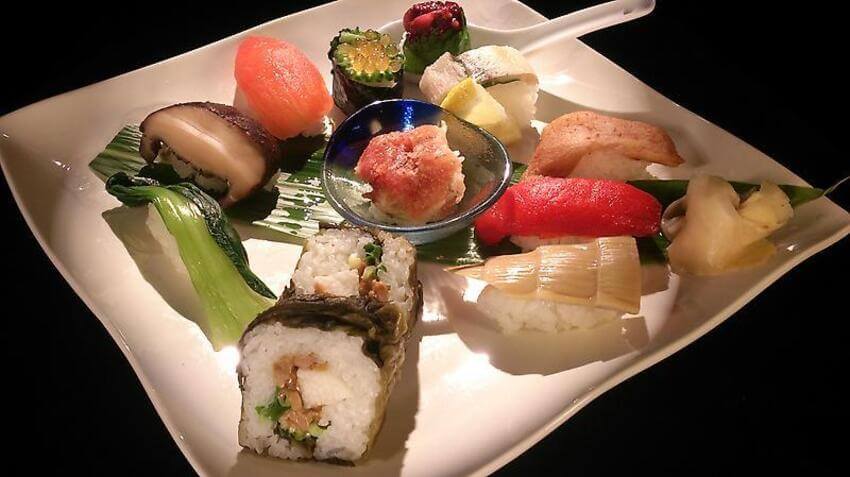
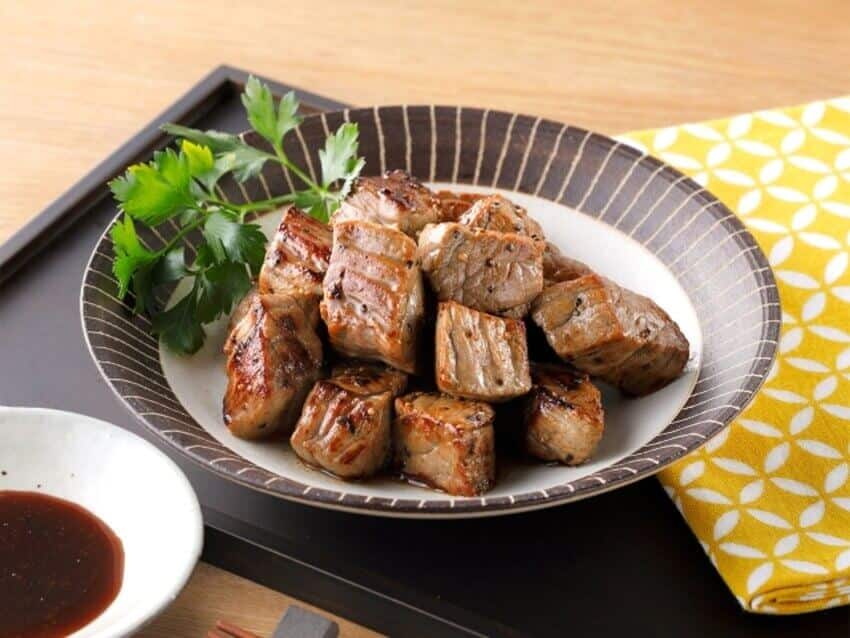
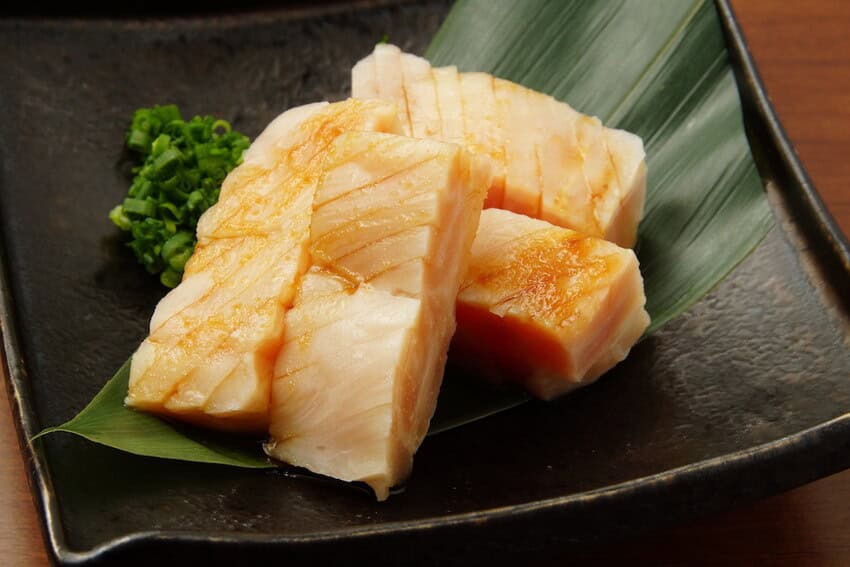
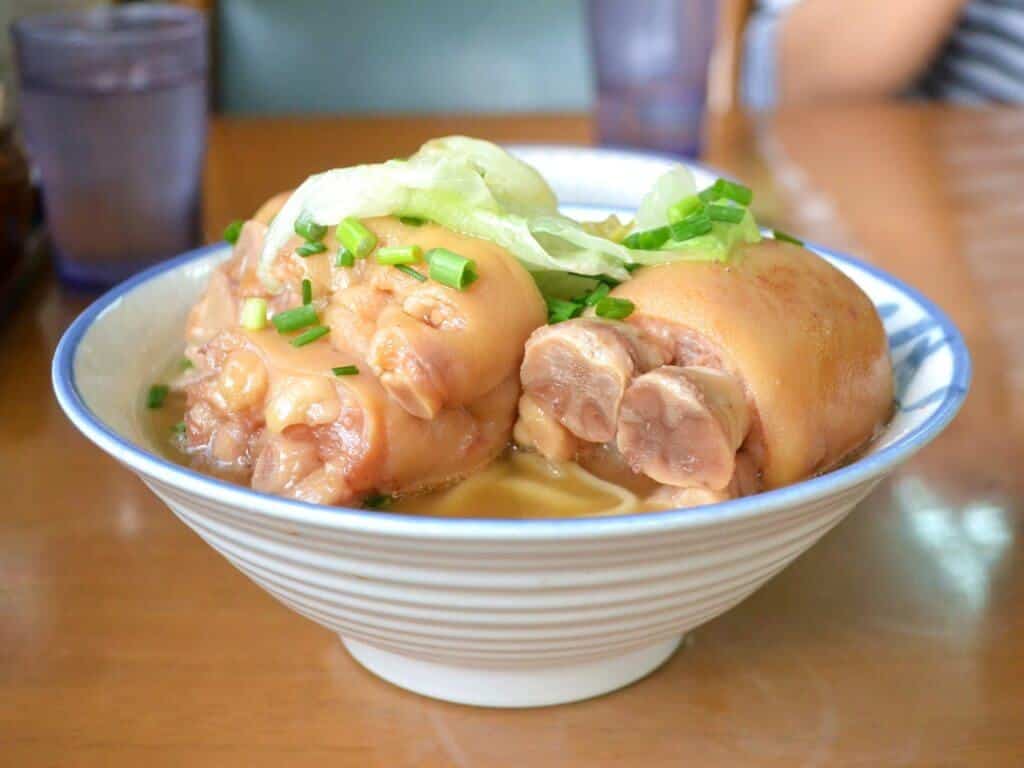


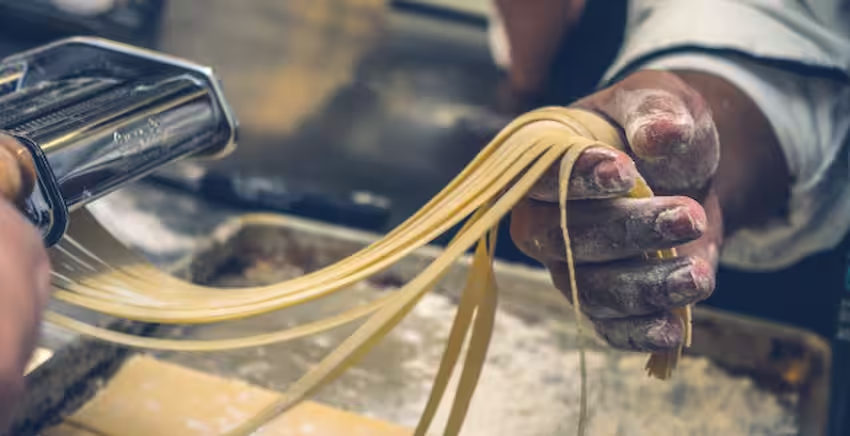
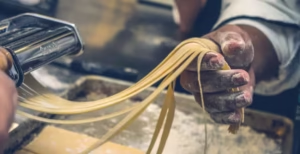
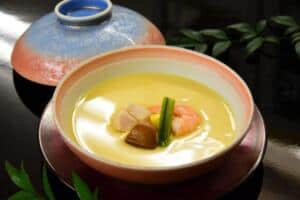
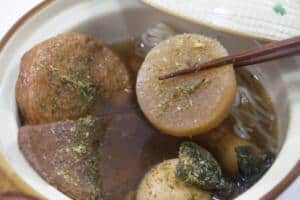

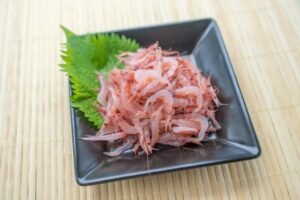
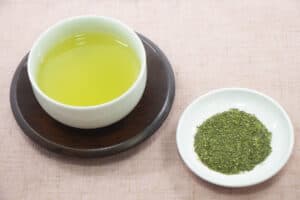
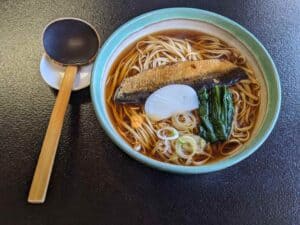

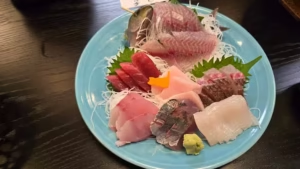
Comments